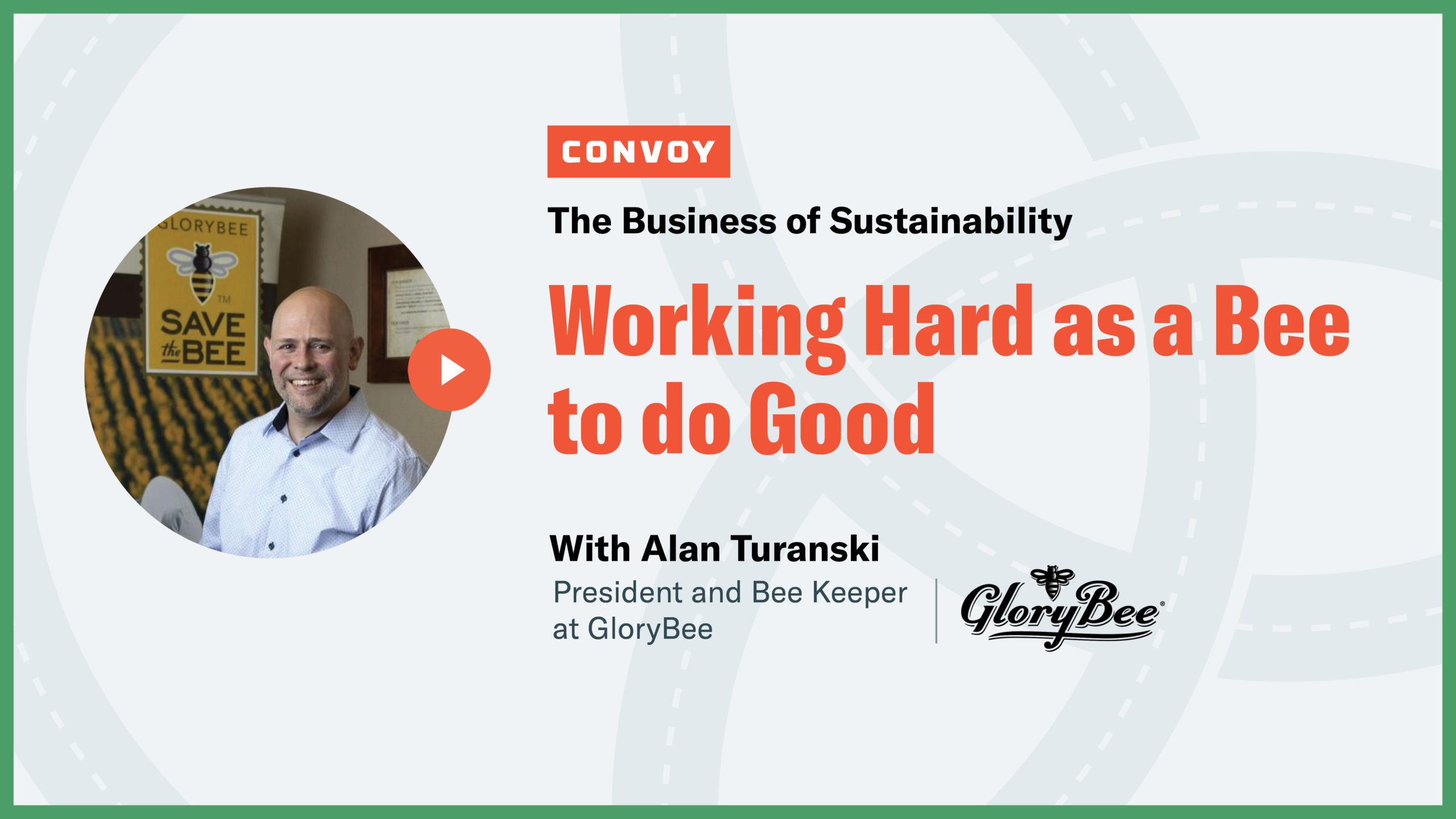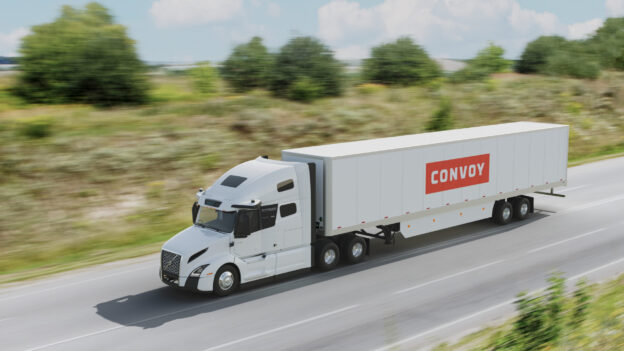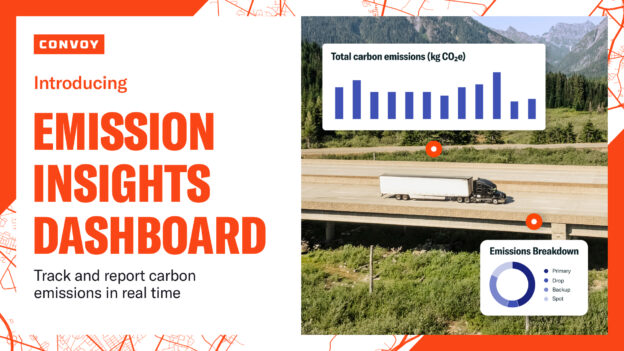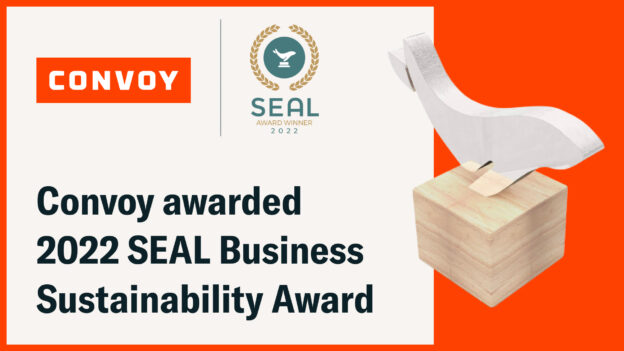GloryBee’s Alan Turanski Buzzes About Working Together To Achieve Sustainability Goals
Sustainability • Published on March 29, 2021
One of the keys in looking at sustainability from a macro perspective is in tipping industries along the wheel of change. Demonstrating the business case for generating shared value starts the wheel moving. Most people and businesses tend to focus the majority of their short-term attention on their own well being, and this “me” and “now” mentality can lead to underinvestment in public goods — shared resources like clean air, healthy soil, or even for example, the number of honey bees in the world.
Alan Turanski, President and Beekeeper of GloryBee is particularly interested in the latter. With over 45 years of experience in the natural foods industry, GloryBee supplies natural and organic ingredients to Pacific Northwest natural food manufacturers, bakeries, and shops. I had the sweet opportunity to sit down with Alan and discuss what sustainability looks like at GloryBee.

Alan shared how his company undertakes sustainability measures not just in the processing of its honey, but how it addresses issues all along its supply chain and works to measure progress annually. His key takeaways follow.
- How He Became So Passionate About Sustainability: When I look at my journey around sustainability, it probably started with just being outdoors. I love the outdoors, we camped, we fished, I’m a huge fisherman, and so being in that environment, it just makes you appreciate Mother Nature. And just seeing my parents make great use of everything — they had a garden, they grew their own fruits and vegetables. But what really inspired me to turn sustainability into a career was my business ethics teacher at Seattle Pacific University, who said, “You can change the world if you run your business ethically.” That spurred me to think about what it might look like to be involved in a business that was really living out sustainability and thinking through that lens. (1:25)
- What Sustainability Looks Like At GloryBee: Sustainability became more formal for us in 2005 when I created our first green team and we began initiatives like solar power and used reclaimed biodiesel to run our trucks. We also looked into how we can use less water in the processing of honey. All of these things are embedded as part of our operations as well as diverting waste from the landfill and making sure when we look at how we interact with our supply chain and our customers, we focus on doing things which don’t just make dollars and cents but also assess their long-term impact on the earth. We sell over 12 million pounds of honey and reuse the totes in which we deliver honey to our customers and have been doing that for over 35 years, so we’re not buying new packing each time we want to deliver something to our customer. Sustainability is embedded into our operations and into our team’s work around the supply chain and the questions we ask partners. We’re interested in how they treat their people and how the food is harvested and how it’s grown. Over 50% of what we sell is organic and we sell non-GMO project verified and sustainably sourced ingredients. (3:38)
- How GloryBee Sets A Sustainability Vision: One of the areas we have really been striving toward is to be zero waste. In an ingredient business as a distributor, that’s more difficult than it may sound because you are so reliant on your supply chain. It is a long-term goal for us and we’ve certainly diverted a high percentage of our waste — currently over 80% diverted — but to achieve zero waste takes a lot of coordination with your suppliers because when you are bringing products in that are organically grown and a lot are grown around the world, access to sustainable materials is not necessarily always available. And then there are changes in government and regulatory agencies and the opportunity to recycle things that change. We’re focused on the amount of products we move and the tonnage of ingredients to ensure we can divert as much as possible to reusable supply chains. Metal, plastic, shrink-wrap, cardboard — these are all different areas we need to address. We also have a huge initiative around saving the bees which began in 2012. This initiative is something that arose from the idea that it takes a community to achieve this and so for us it means customers, suppliers, and our team in order to make strides to save the bees. (5:58)
- How GloryBee Measures Progress Against Sustainability Initiatives: We put out an annual report. As a certified B Corp, we go through a B Corp certification process and a renewal every two years and then we put out our own sustainability report every year. We measure our water and electricity usage and report on our progress. For instance, the last three years in a row, we’ve been able to reduce the amount of BTUs per pound of product produced and sold. We measure our water usage and our ability to reduce our water usage per pound of product sold. So those are measurements we report on. We are totally transparent about our progress and also report on our waste stream and where different parts of our waste stream goes, whether it is packaging, or compost, food donations, and also what unfortunately goes to the landfill. All of these pieces are reported on and measured. In terms of Save the Bee, we have projects and we raise funds. Since we started in 2012, we’ve raised over $700,000 dollars for Save the Bee which has gone toward research and education. We stay in touch with those projects and report back on the progress being made and put out an annual Save the Bee report. We essentially have three reporting mechanisms: 1) the B Corp certification, 2) our sustainability reporting, and 3) our Save the Bee reporting we use to measure our progress. (8:40)
- How We Make Sustainability Reporting Seem Easy: It is actually quite difficult because it is complex. The reality is we’ve been doing this formally since 2005 so we are over 15 years into it. It takes a lot of work and you have to be really intentional. Every business faces competitive pressures and ultimately, sustainability initiatives are built over the long term versus a short-term return on investment. You really have to be intentional if you’re going to be a true green company in terms of making those choices and those investments. You can’t do them all at the same time — you have to continuously invest in sustainability each year. (10:48)
- How GloryBee Sees The Value Of Making A Long-Term Investment In Sustainability: Being a family business rooted in natural and organic foods is certainly a birthplace for us. It is something we’ve been inspired about from the beginning. I think really investing in it and formalizing it has really shown us the value is in creating clearer, more distinctive partnerships with our clients who also care about it. It has really helped our businesses align and that’s created stronger relationships with our clients. We have clients we’ve been supplying for 45 years as well as newer ones. All of this has allowed us to change the conversation beyond an exchange of goods and services to something that we’re doing together. How can we do good together? That is really where the value is because when we do things together, we do things better. (11:52)
- Why Collaboration Toward Sustainability Is So Important: One of the things that happened with our Save the Bee initiative is in the first year, we brought in maybe $12,000 dollars from our 1% of sales around our retail products. It became clear to me that we needed to collaborate and build partnerships because this really wasn’t something that we should do on our own — this is something which affects all of us. So, we all need to get involved and doing it together quickly shifts results (13:50)
- What People Should Know About GloryBee: We work as hard as the bees to make sure we sustain our hive here and deliver on our sustainability promise. (14:35)
TRANSCRIPTION
Jennifer Wong: Welcome back to The Business of Sustainability. Today we have Alan Turanski joining us. He is the president and beekeeper at GloryBee. Welcome, Alan.
Alan Turanski: It’s great to be here, Jennifer. Thanks for having me.
Jennifer: How did you become so passionate about sustainability?
Alan: When I look at my journey around sustainability, it probably started with just being outdoors. I love the outdoors, we camped, we fished, I’m a huge fisherman, and so being in that environment, it just makes you appreciate mother nature. How beautiful creation is, and you want to sustain it because you want to be out there in it and so for me, that was probably what my roots are laid in. And I think just seeing my parents make great use of everything. At home they had a garden, they grew things, they grew [2:00] their own fruits and vegetables, and they’re 77 today and they’re still growing fruits and vegetables with a huge garden. So, it’s something that they’ve lived out. And then the business, my dad started GloryBee Honey and GloryBee Bee Box where we made the beehives and that was a great experience in seeing how to make the most use out of something that you have. So, he would buy the lumber and then produce the Bee Boxes and there would be extra cuts from making the Bee Boxes and he turned those into gift boxes for the honey. And in the kindling for people who wanted to buy kindling for fires and the sawdust went to pig farmers. So, all those are great early examples for me around sustainability. I think for me what really turned sustainability as an inspiration into a career, was really our business ethics teacher in college, at Seattle Pacific University, who said, “You know, you can change the world if you run your business ethically.” And for me, that was really inspiring, and I began to think about what that might look like to be involved in a business that was really living out sustainability and thinking through that lens.
Jennifer: What does sustainability look like at GloryBee today?
Alan: Sustainability for us became a bit more formal starting in 2005. I created our first green team, and we began on initiatives like solar power and reclaimed biodiesel running our trucks. And how do we use less water in the processing of [4:00] honey. So, all those things are embedded in what we do as part of our operations, diverting waste from the landfill and making sure that when we look at how we interact with our supply chain and out customers, that we are really doing things that not just make dollars and cents but really look at their long-term impact on the earth. So, we sanitize and wash totes and have been doing that for honestly, over 30, 35 years and that’s one big area in which we sell, you know, over 12 million pounds of honey and we reuse those totes so that we’re not buying new packing each time we want to deliver something to our customer. So those are ways in which sustainability looks today and it’s embedded into the operations and into our team’s work around the supply chain. The questions that we ask partners. We’re interested in how they treat their people and how the food is harvested and how it’s grown. Over 50% of what we sell is organic, we sell non-GMO project verified and sustainably sourced ingredients.
Jennifer: How do you kind of set a vision for the areas that you want to make progress against? You named so many great initiatives, do they ladder up to key areas for your business?
Alan: Yeah, one of the areas that we’ve really [6:00] been striving towards is to be zero waste and in an ingredient business as a distributor, that’s more difficult than it may sound because you are so reliant on your supply chain. So, it’s a long-term goal for us and we’ve certainly diverted a high percentage of our waste, over 80% diverted, but to achieve zero waste takes a lot of coordination with your suppliers because when you are bringing products in that are organically grown, a lot of which are grown around the world, they’re access to sustainable materials is not necessarily always there. And then there is changes in government and regulatory agencies and the opportunity to recycle things that change. Recently, here in Oregon, we had some changes that had impacted our ability to achieve zero waste in terms of the recycling supply chain. So, all those things make it difficult but that’s a big one that we’re focused on because of the amount of products that we move and the tonnage of ingredients, we want to make sure that we can divert as much as possible to reusable supply chains. Whether that be metal or plastic, or shrink-wrap, or cardboard, all those different areas. And then, we have a huge initiative around saving the bees. We started that in 2012 and so…
Jennifer: I know that saving the bees, right on top of my jar here.
Alan: Yes. That’s right. So, we started that, and a lot of our sustainability initiatives are driving towards how can we do more to save the bee and that initiative is something that is really birthed from an idea that it takes a collective, it takes a community and so for us, that takes customers, it takes suppliers, and it takes us [8:00] and our great team of people here in order to make strides to save the bee.
Jennifer: How do you measure your progress against these big initiatives on a regular basis?
Alan: Yeah, we actually put out an annual report. We are a certified B Corp, so we go through a B Corp certification process and a renewal every two years and then we put out our own sustainability report every year. So, we measure all these things. For instance, we measure our water usage and our electricity usage, and we report on that and our progress. So, for instance, the last three years in a row, we’ve been able to reduce the amount of BTUs per pound of product produced and sold. So that’s something that we measure. We measure our water usage as I mentioned and our ability to reduce our water usage per pound of product to reduce and sold. So those are measurements that we have, and we just report on it. We’re totally transparent about our progress. We report on our waste stream and where different part of our waste stream goes, whether its packaging, or compost, food donations, what goes to landfill, unfortunately. All those pieces are reported on and measured. So, that’s one way. And in terms of Save the Bee, we have projects, and we raise funds. So, since we started in 2012, we’ve raised over 700,000 dollars [10:00] to Save the Bee that’s gone towards research and education. And we stay in touch with those projects and report back on the progress being made. So, we also put out an annual Save the Bee report. So really for us we have three mechanisms. It’s the B Corp certification, our sustainability reporting, and our Save the Bee reporting that we use to measure our progress.
Jennifer: I love how simple it sounds. It sounds like every employee or every consumer can easily see where your focused on, how you’re making progress. I found that sometimes that’s the most difficult part of sustainability. Really figuring out how to distill it and synthesize it so that you can actually communicate kind of what’s working and what the upcoming challenges are.
Alan: It is difficult because it is complex. I mean, the reality is it is complex and as I mentioned, we’ve been doing this formally since 2005 so, you know, we’re over 15 years into it. So, you know, it takes a lot of work and its takes being really intentional, I think. Every business faces competitive pressures and ultimately, sustainability initiatives are built on a long term versus a short-term return on investment. You really have to be intentional if you’re going to be a true blue, or true green company in terms of making those choices and those investments. You can’t do them all at once at the same time. You have to make them continuously each year, invest in sustainability.
Jennifer: How does GloryBee see the value of making kind of a long-term investment, 15 years so far, in sustainability for the business?
Alan: Yeah, well I think being a family business, being a business that is really rooted in natural and organic foods [12:00] and caring is certainly a birthplace for us. It’s something that we’ve been inspired from our beginnings around sustainability. That said, I think really investing in it and formalizing it has really shown us that the value is in creating clearer, more distinctive partnerships with our clients who also care about it. It really has helped our businesses align and that’s created such stronger relationships with our clients. We’ve got clients that we’ve been supplying for 45 years, 40 years, 30 years, and you know, 5, 10, 20 and all that as well. But all this has allowed us to change the conversation beyond an exchange of goods and services to something that we’re doing together. How can we do good together? So, I think that’s really where the value is because when we do things together, we do things better.
Jennifer: That’s really great. I love that takeaway. Do good together. I completely agree with you, especially as more and more companies are really turning toward their supply chains to see pretty significant progress against their sustainability goals. A lot of it has to just be a collaboration, you can’t just have a silo where one business is working on something and someone is working on something else. Everyone has to have the same mindset around wanting to achieve this bigger mission together.
Alan: Absolutely. I think that was one of the things that happened with our Save the Bee initiative is that, you know, the first year, we brought in maybe 12,000 dollars from our 1% of sales around our retail products and bringing that in. And it was just clear as day to me that we needed to collaborate. [14:00] We needed to build partnerships because this really wasn’t something that we should own, this is something that affects all of us. So, we all need to get involved and so that quickly shifted to what you’re saying, which is doing it together.
Jennifer: If there’s someone out there that has your GloryBee products today, what should they know about sustainability at GloryBee?
Alan: Well, I think they should know that we work as hard as the bees to make sure we sustain our hive here at GloryBee and deliver on the sustainability promise. That’s what I would want people to know.



